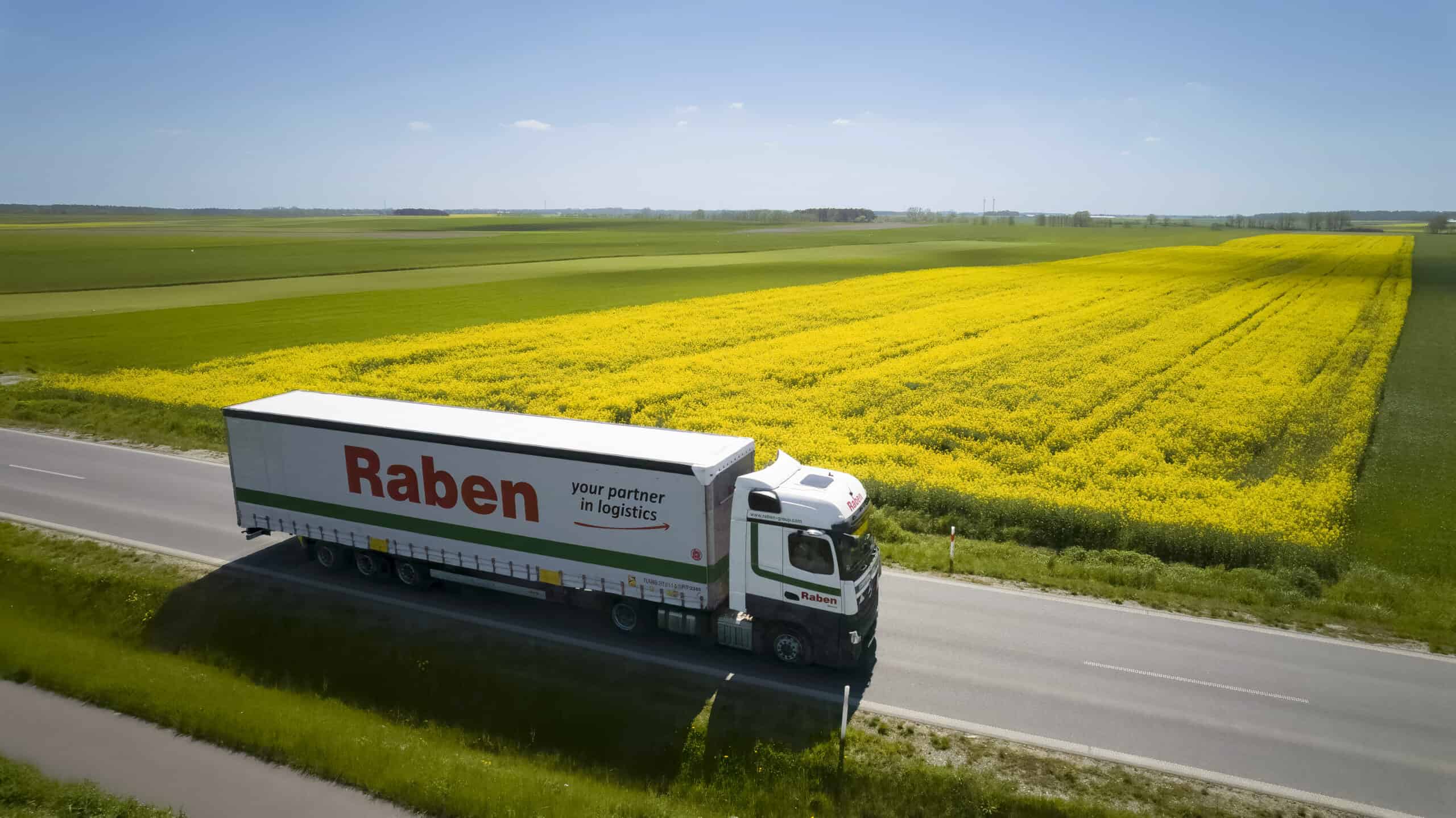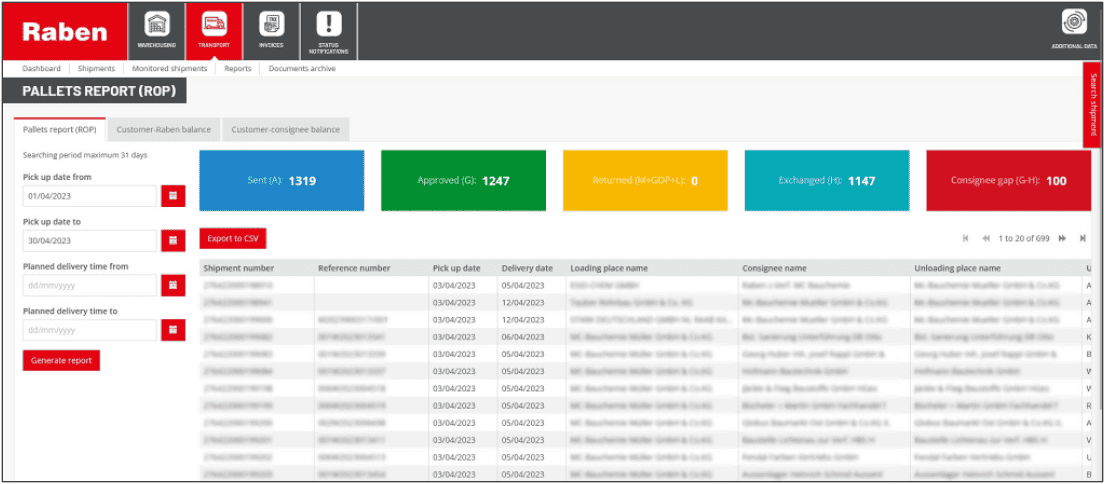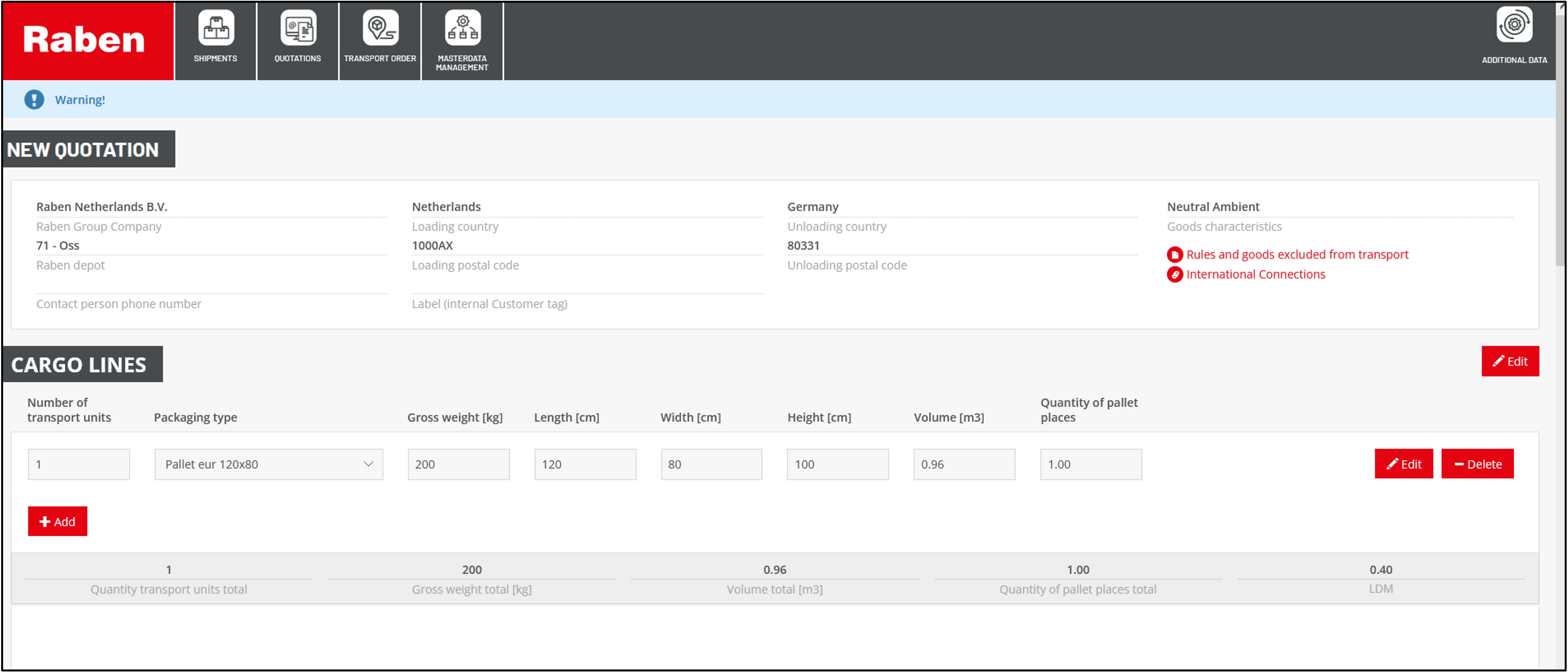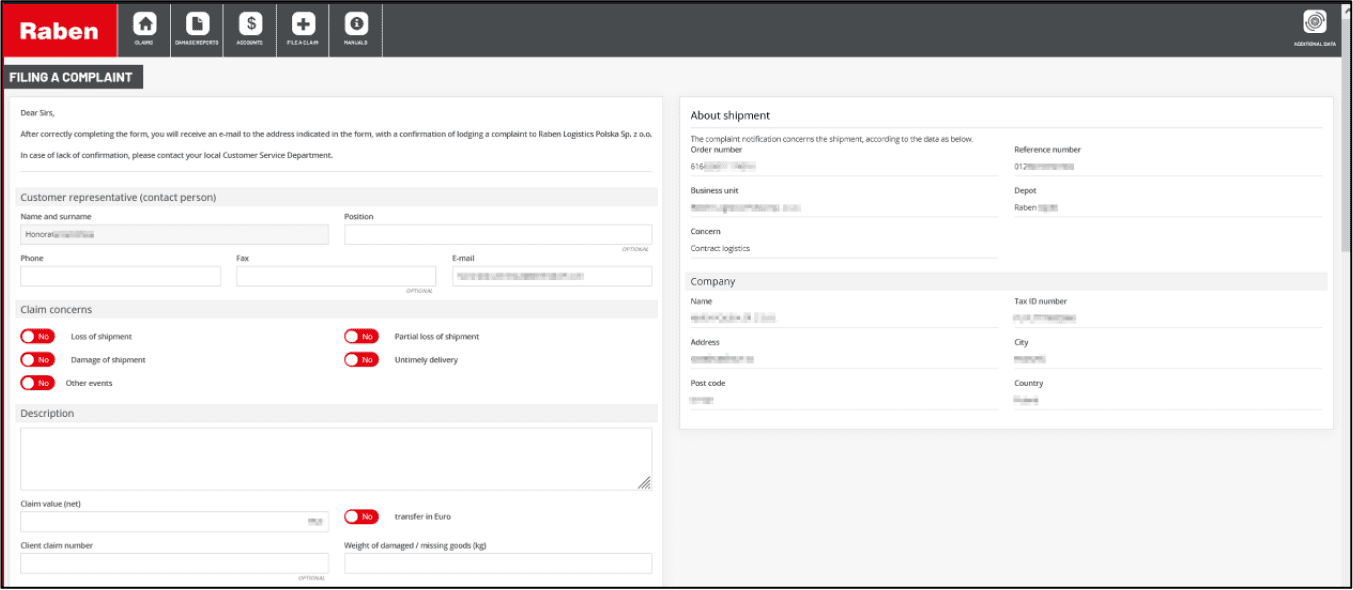
Streamlined Customer Experience Improves Business Agility

International logistics provider Raben Group is responsible for the circulating 16 million shipments across 15 countries each year.
Raben specializes in tailored logistics solutions, offering services such as contract logistics, domestic and international distribution, fresh food solutions, sea and air forwarding, and intermodal transport.
Improving efficiency for their vast pool of end-users requires flexible, digital solutions that support from the warehouse to delivery. To get new solutions in the hands of employees and customers Raben set out to find a rapid application development platform in 2015.
Shortly after, Raben adopted the Mendix low-code platform to bridge gaps in their IT delivery and transform key moments in the customer journey. Today, their team manages a portfolio of over 30 Mendix applications that support processes across the supply chain including tracking, pricing, and order requests.
Transforming Logistics with Low-Code
Historically Raben has opted to buy solutions before building. Their core systems are primarily made up of off-the-shelf solutions focused on logistics and warehouse management.
In 2015 the IT team was looking critically at their legacy Track and Trace system, which was configured in a rigid and country-specific way. Raben evaluated what was available on the market as a replacement but couldn’t find anything to meet their custom requirements.
“Navigating diverse transport systems across countries was a challenge. The goal was to have a versatile back-office software with varied layouts while presenting a unified view for customers,” said Slawomir Pawlak, Raben’s CIO. Pawlak has spent over 25 years with the organization and has a deep understanding of the market and customer challenges that the business faces on a regular basis.
When the decision was made to rebuild the Track and Trace solution in-house, Pawlak and the team were introduced to potential low-code platforms that could get the job done.
Raben’s evaluation included market leaders such as Mendix and OutSystems. Raben ultimately adopted the Mendix platform because of its:
- Superior support and partnerships
- Favorable licensing model
- Collaborative nature
With Mendix in their tech stack, Raben could prioritize building what they needed without getting bogged down by repetitive development work.
“Compared to traditional development, the learning curve for low-code is very quick,” added Mikołaj Jankiewicz, IT Team Lead at Raben.
“With standard language programming, you need to handle everything from infrastructure, network, version control, servers, and security. But with Mendix, we can just focus on how to build solutions. That’s the biggest benefit for us.”
With a new means of development and an enthusiastic team, Raben dove into crafting their first project—an upgraded Track and Trace application for their customers.
Starting with Success
Providing a system for customers to accurately track shipments is a non-starter for Raben. The legacy version of Track and Trace was a fragmented experience consisting of 15 different transport management systems.
The goal of a new Track and Trace was to surface a more unified experience for customers without interfering with any back-office systems. With Mendix, the team was able to deliver a new version in just 6 months.
“Mendix made it simple for the developers to collaborate across the organization. They could bring in business experts, UI teams, and marketing to get the final product just right,” Pawlak explained. Eight years later, Track and Trace remains a key touchpoint in the Raben customer journey, supporting over 100,000 users in following their shipment’s journey from start to finish.
![]()
Structuring for the Future
For Pawlak and the team, investing in Mendix meant investing in a long-term strategy for the use of low-code across the organization.
“If we decide to implement a new technology, that process can take years. We didn’t want to use a platform that was just for an experiment or pilot. We evaluated Mendix with the intention of using it for at least 10 years,” he shared.
Jankiewicz observes that sometimes people see low-code as addressing single-purpose use-cases. However, Raben has seen value in using Mendix to meet a variety of their development needs, such as:
- Acting as a front-end interface to core systems
- Serving as an integration broker between core systems or databases
- Mitigating core system customizations by building low-code services, microservices, or external apps
In addition to establishing sound criteria for the use of low-code, the Raben team has prioritized composability to further accelerate their development. This includes leveraging reusable components, widgets, and design, both within Raben and from the Mendix Marketplace. In this way, a new project is never starting from scratch, and can guarantee adherence to Raben’s governance principles.
“When I first saw Mendix, I was quite impressed how powerful it is,” said Karol Siejek, a Mendix developer at Raben.
Beyond standing up a strong platform foundation, Pawlak credits much of their success to improved business and IT collaboration throughout the software development lifecycle.
“A group of business administrators, key users, and other individuals gather and define our needs. They discuss internally, create stories, test applications, train end users, and handle various things beyond just collecting requirements. This extends to filtering, training, education, supporting, and maintaining our solutions,” said Pawlak.
“Some things are in business users’ hands, not just in IT. It’s more than just normal development when using Mendix.”
By working in an Agile way, Raben can see applications come to life incrementally, thus offering greater flexibility to adjust or improve upon requirements. The practice of writing user stories marked a significant shift for Olga Zerkowska, Raben’s Head of Customer Service and product owner for many of their Mendix applications.
“It was a moment when I had to analyze a possible solution to identify what option is best,” Zerkowska said.
“Each sprint, we discussed, analyzed, and asked additional questions. We avoided mistakes because of this,” she added.
Embedding business stakeholders in the development process has made it easier for teams to raise the right solution ideas and quickly scope what is and isn’t feasible. “It’s very easy to work with Mikolaj, Karol, and the team because if I need to develop something, I know what is possible,” said Project Manager, Bartosz Kolasiński.
Seamless Customer Experience at Scale
Raben’s 30 low-code applications have proved their worth to the business, but the real magic happens when they are all able to interact with one another. On their mission to provide a more unified customer experience, Raben developed the myRaben portal starting in 2015 to centralize processes like Track and Trace along with other self-service solutions.
“With Mendix we can have deep integrations with our numerous internal systems. They are integrated with each other and our transportation, warehousing, bookkeeping, claims, and order entry systems. There are several applications that are conveniently integrated to a CRM data warehouse to present on one interface to the customer,” said Pawlak.
One key addition to the myRaben portal is the myOrder module. The application streamlines order booking by providing a self-service option for customers. Previously, orders were booked by unsupported simple on-line solution or interacting with the Raben team via email or phone.
MyOrder integrates with internal systems for transportation, warehousing, along with Excel uploads and document processing, to automate the flow of orders throughout the company. “It eliminates manual work,” said Zerkowska.
“The customer can influence the data they’re providing, which is value for both us and them. They can also have 24/7 access, which they didn’t before.”
MyOrder registers 30,000 shipments daily and ensures that all customer registration data—pickup addresses, legal addresses, and logistics parameters—is validated. This has resulted in an impressive data accuracy rate of 100 percent.

Before customers finalize their orders, they can utilize another handy tool, myOffer—an application designed for effortlessly preparing price quotes. MyOffer pulls in master data from shipment and prepares a calculation, automatically turning back a figure for the customer.

“When a new customer is brought in Raben, the customer care department registers the customer then places the order,” explained Kolasinski. “They may start by requesting a quotation, accepting the offer, and then placing an order. Throughout the process, they can track shipment status via our Track and Trace, view invoices, and place claims – all within one portal, using a single login and user interface for multiple applications.”
The automation and digitization realized by the myRaben suite of solutions – Track and Trace, myOrder, myOffer, and others – benefits customers and employees alike.
Having self-service options and greater transparency into their shipments reduces the burden on customer support team members, allowing them to focus on more value-add work.

Complex Processes Made Simple
With their suite of low-code applications, Raben has increased their operational efficiency and estimates that team members can now handle significantly more shipments per person. Both IT and business can move more quickly with Mendix in their arsenal.
Pawlak cites that new Mendix developers can be onboarded in as quickly as 2-3 months, which sharpens their competitive edge as the portfolio of solutions evolves. “If you are web developer, a programmer, or even a business analyst with some IT skills, we can easily teach you the Mendix platform,” Pawlak shared.
With a dedicated team of eight Mendix developers, Raben is tackling more challenges and delivering on the organization’s mission to place customer experience front-and-center as they grow. Developers like Siejek reflect on the easy uptake of Mendix and the impact of having a platform to accelerate development cycles.
“It’s all about speaking the same language so that the development process is intuitive for everyone involved. I share my insights with the business team, and often they underestimate the power they hold. For non-IT folks, development seems like this magical, complex realm. What Mendix taught us is to speak their language, make things less mysterious and more accessible. That translates into solid business value,” Pawlak said.
Today, the complexity of managing 13 million annual shipments at Raben is made simpler with the help of low-code.